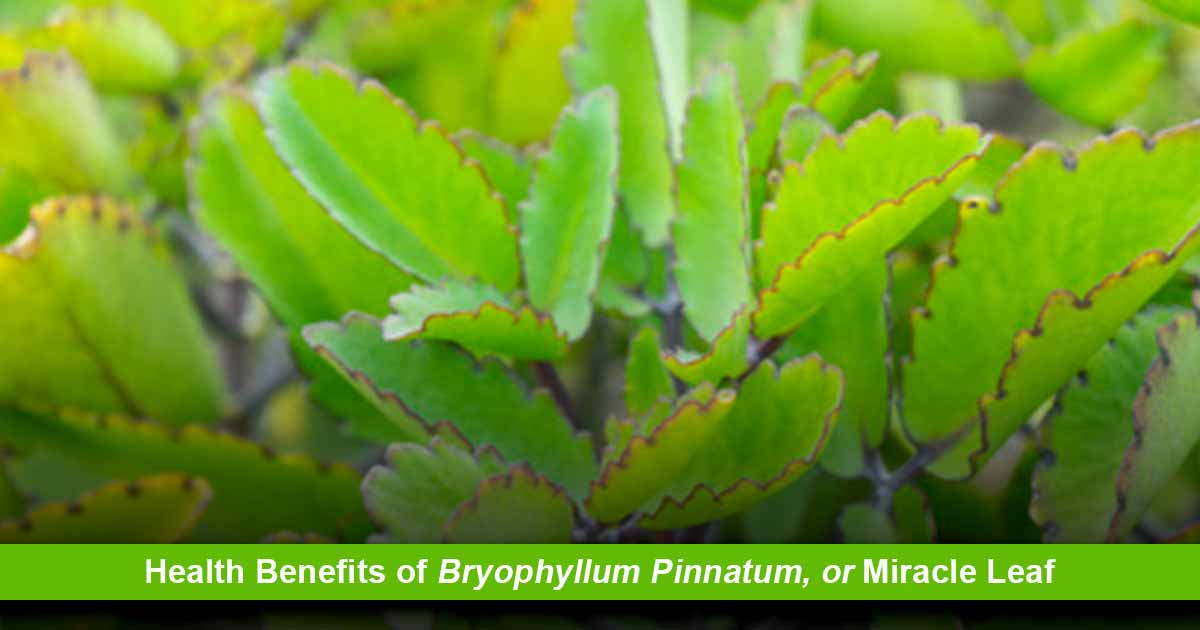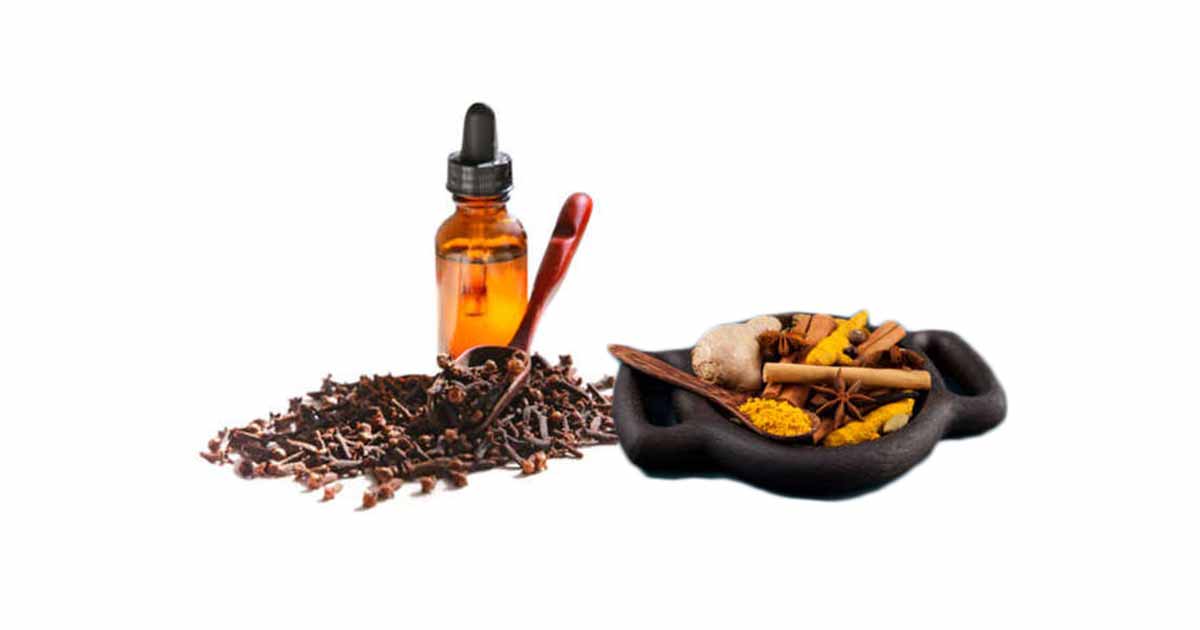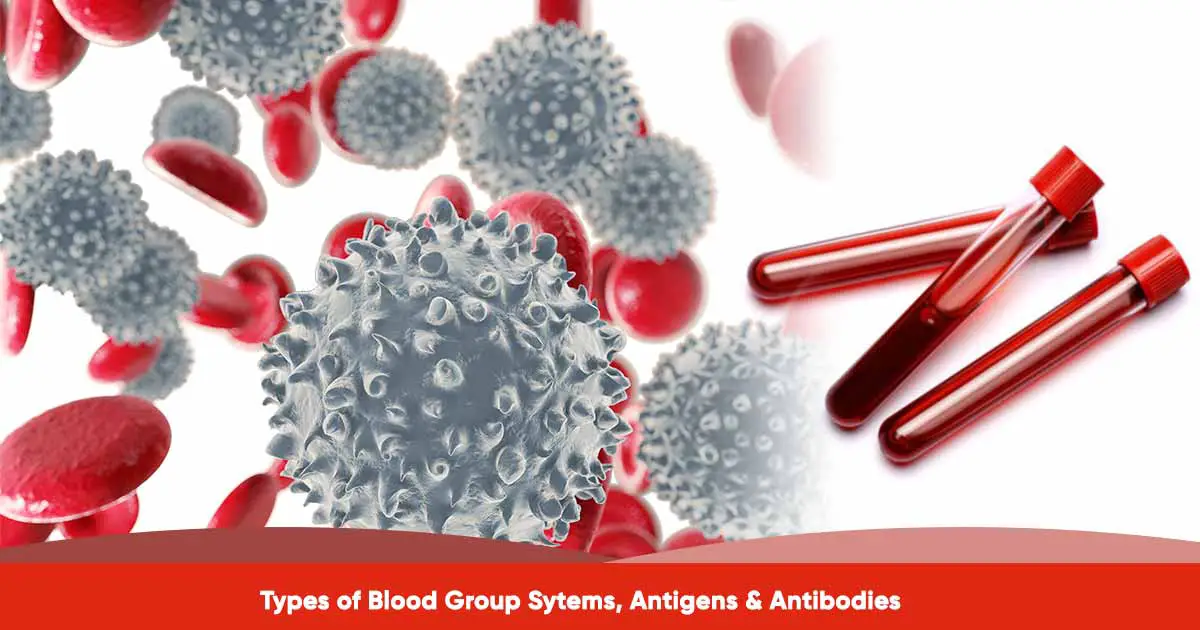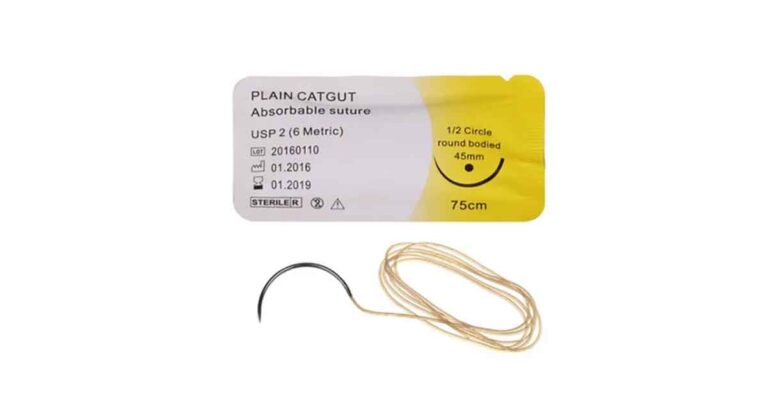Bryophyllum Pinnatum, also Kalanchoe Pinnata, is a succulent perennial plant that has several medicinal benefits. Other names of the plant are ‘miracle leaf’, ‘leaf of life’, ‘love plant’, ‘Canterbury bells’, ‘Cathedral bells’, Mexican love plant, ‘air plant’. It is of the Crassulaceae Stonecrop family.
Kalanchoe is distributed in countries such as India, Australia, New Zealand, tropical America, tropical Africa, China. There are over 200 species of the plant spread over countries such as Madagascar, Brazil, China, Java and other African countries.
Bryophylum pinnatum (Miracle leaf) is a glabrous plant that grows up to 1 to 1.5 m high. The leaves are flesh, opposite, decussate, succulent, and greenish. The leaves have rooting vegetative buds. Leaves produce at their lateral extremities buds furnished with root, stems, and leaves. This will drop off and immediately become new plants.
The fruit is enclosed in the papery calyx and corolla, while the seed are small, and smooth. The propagation is by the seed or the plantlet.
Bryophyllum Pinnatum contains bioactive compounds such as alkaloids, flavonoids, triterpenes, glycosides, steroids, bufadienolides, lipids and organic acids. These compounds have antimicrobial, anti-inflammatory, anti-cancer, antihistamine, immunosuppressive, antiulcer, antihypertensive, CNS depressant activities, among others.
The leaf extract is used in traditional medicine. The Creoles use the leaves for inflammation, and the infusion of the leaves for fever. In Mexico and Nicaragua, it is used to promote menstruation and in childbirth. Tribal Kerala people uses it to treat cancer.
In West Africa, the leaves are used for conditions such as diabetes mellitus, hypertension, headache, insect bites, wounds, bruises, abscesses, arthritis, rheumatism, body and joint pains.
However, the leaf is said to be toxic, causing cardiac glycoside poisoning due to the bufadienolide types – bryotoxins A, B and C.
Composition of Kalanchoe (Bryophyllum Pinnatum)
There are many nutrient and phytochemical in Bryophyllum pinnatum leaf.
Nutrient Content of Miracle Leaf
Kalanchoe (Miracle leaf) has a good level of ascorbic acid. The vitamin C content is like the level in black currant. There are other nutrients, such as carbohydrate, lipids, proteins. The sugar types are sucrose, raffinose, glucose, fructose, galactose, lactose.
Macro elements in the leaves are potassium, calcium, magnesium, sodium, phosphorus, while micro elements are iron, zinc, copper, manganese, iodine, vitamins such as riboflavin, pyridoxine, methionine, thiamin, glutamic acid, tyrosine, phenylamine, niacin, and vitamin C.
The calcium and potassium are at the highest level, while lead and zinc are in the smallest quantity in Bryophyllum Pinnatum.
Phytochemical in Bryophyllum Pinnatum
Kalanchoe has bioactive elements such as alkaloids, saponins, flavonoids, tannins, steroids, cardienolides, lipids, triterpenes, cardiac glycosides, bufadienolides.
Bufadienolides are active elements in the miracle leaf. These cardiac glycosides are similar in structure to other cardiac glycosides -digoxin and digitoxin. They have insecticidal, antibacterial, and anti-cancer properties.
The triterpenoids and steroids content are α-amyrin, α-amyrinacetate, β-amyrin, βamyrinacetate, bryophollenone, bryophollone, β-sitosterol, bryophyllol, bryophynol, oleanane, friedelin, bryophyllin A, bryophyllin B
Fatty acid content is palmitic acid, stearic acid, and traces of arachidic and behenic acid.
Other compounds are malic acid, oxalic acid, citric acid, succinic acids, hydrogen cyanide (HCN)
Medicinal Benefits of Bryophyllum Pinnatum
Antimicrobial activity: Flavonoid compounds from the plant inhibit gram-negative organisms such as Escherichia coli, Pseudomonas aerugonosa and Klebisella pneumonia and gram-positive microbes such as Staphylococcus aureus, Bacillus subtilis, Enterococcus faecalis. They are also effective against the fungi, Aspergillus niger and Candida albicans.
Antidiabetic activity: In an experiment with diabetes-induced rat, extract of bryophyllum pinnatum decreased blood sugar at certain dose, and also when administered alongside glibenclamide. Zinc also helps in the management of diabetes.
Anticancer effect: The leaf extract inhibits the growth of human cervical cancer cells. The flavonoids prevent oxidative cell damage. Bufadienolides, especially bryophyllin A has antitumor effect.
Antihypertensive action: Studies on rat shows that the aqueous and methanol extract of the leaf lowers the arterial blood pressure & heart rates.
Immunosupression: Fatty acid content of the Bryophillum pinnatum may inhibit lymphocyte proliferation, causing immunosuppression.
Anti-inflammatory effect: Methanol extract of the leaf inhibits inflammation in a formaldehyde-induced hind paw edema in rats. This is due to the flavonoids present.
Wound healing: Different extracts of the leaves breaks excision wound when applied topically. The water extract increased the wound contraction and hastened the wound healing process.
Uterine contraction: In a study carried out with pregnant women with preterm labour, B. pinnatum plant extract prolonged pregnancy, gestational age at delivery, maternal tolerability, postpartum duration of hospitalization, neonatal outcome and morbidity.
B. pinnatum is as effective as beta-agonist in the management of preterm labour.
Management of lithiasis: In patients with lithiasis, that has stone ranging from >5mm to <10mm, the leaf extract of Bryophyllum pinnatum reduced the stone, or increased the passing of the stone. There was also decreased urinary oxalate and phosphate and increased citrate excretion.
Liver protection: At a certain dose, aqueous or methanol extract of the leaves can protect the liver against N-diethylnitrosamine (DENA) induced hepatic injury in rats.
Neuropharmacological effect: The extract may have a depressant effect on the central nervous system. It has a sedative effect as seen in the potentiation of pentobarbitone-induced sleeping time.
Antileishmanial activity: Quercitrin, a flavonoid found in Bryophyllum pinnatum, has activity against the protozoal infection, leishmaniasis.
Cytotoxic property: In a study, the plant extract was found to be cytotoxic to the testes of rats tested. At a certain dose, it shrunk the seminiferous tubules and the intracellular spaces were seen within the epithelium. At higher doses, the intracellular spaces within the germinal epithelium increased, and the spermatozoa reduced.
Insecticidal activity: Bufadienolides, both bryophyllin A and bryophyllin C have insecticidal activity against instar larvae of the silkworm.
Herbal tonic: The plant has a good amount of vitamins such as riboflavin, thiamin, niacin, and ascorbic acid. Ascorbic acid prevents scurvy, promotes wound healing, and prevents common cold.
References:
- https://phcogrev.com/sites/default/files/PhcogRev-3-6-364.pdf
- https://www.plantsjournal.com/archives/2015/vol3issue5/PartC/3-4-13.pdf
- https://www.researchgate.net/publication/268347927_The_miracle_plant_Kalanchoe_pinnata_A_phytochemical_and_pharmacological_review













Miracle leaf is so great.Please Dr. ,Can miracle leaves treat stomach ulcers ?
Thanks, can it cure gonorhea
Can miracle leaf treat inner ear pain?
Can miracle leaf treat nasal congestion
How will I prepare it to treat asthma?
How will it be prepared to cure hep. B
How is it prepared?
Please, can it take care of the disease, pains and swelling of the heart.
2: How do you administer it?
Thanks.
Can the miracle leaf cure prostate enlargement? If yes, what is the preparation?
It helps a .lot
How can miracle leaf be used for diabetics, HBP, arthritis and rheumatism. Thanks.
Nice to the gigantic proportions of life support of this leaf.